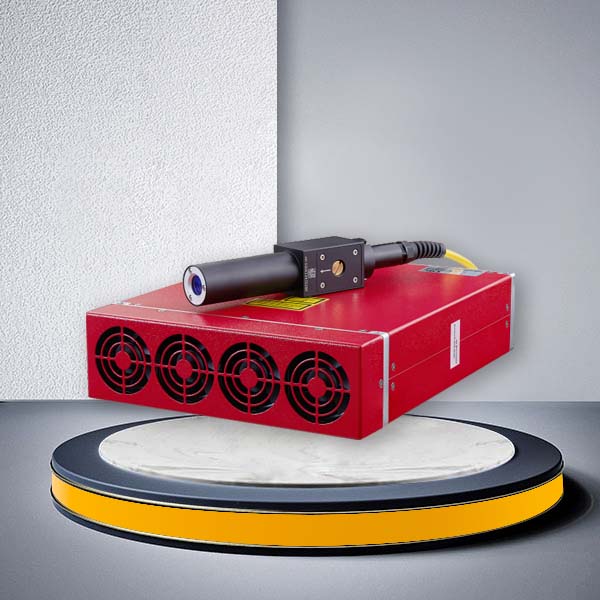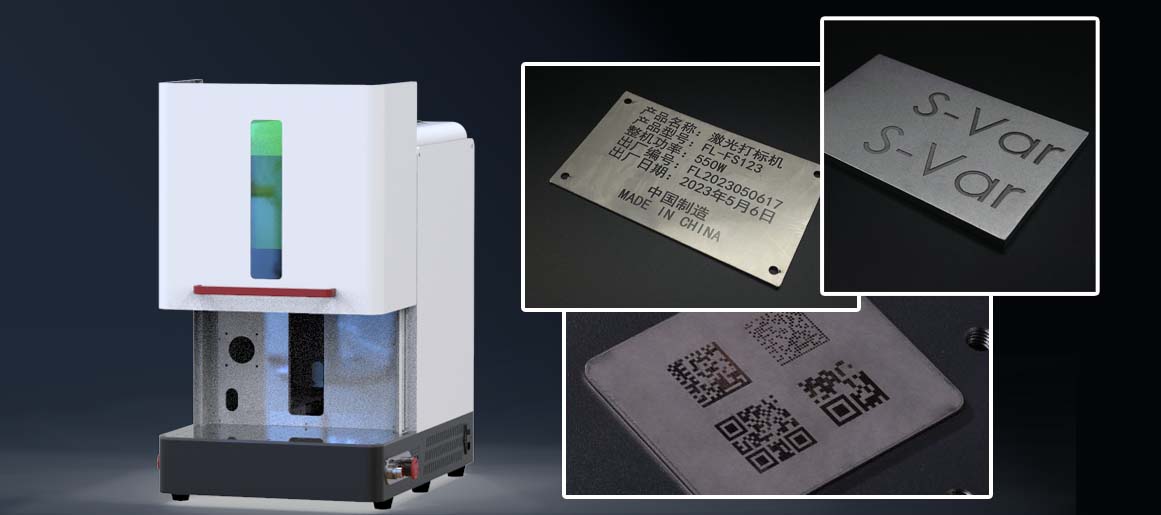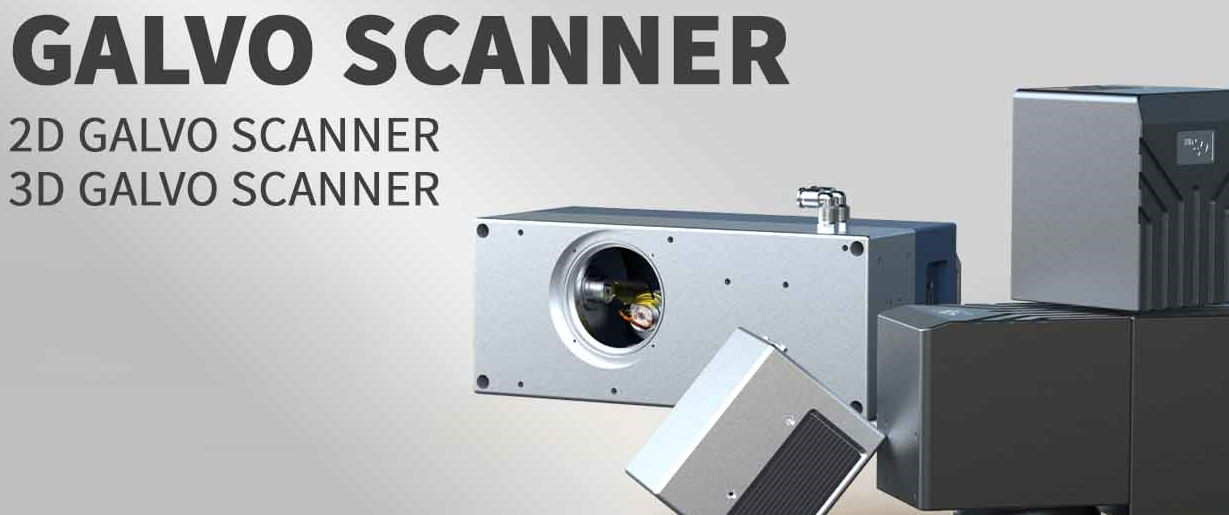
Laser marking technology is one of the largest application fields of laser processing. It uses a high-energy-density laser beam to irradiate a localized area on a workpiece, causing surface material to vaporize or undergo a chemical color change, thereby creating permanent marks. These marks can include text, symbols, and patterns ranging from millimeters to micrometers in size, which is highly valuable for product identification and anti-counterfeiting.
Principle of Laser Marking
Laser marking works by generating a high-energy continuous laser beam that is focused on the surface of a material. The concentrated energy melts or vaporizes the surface in a controlled pattern, forming the desired text or graphics.
This non-contact process can mark on irregular surfaces without deforming the workpiece, suitable for metals, plastics, glass, ceramics, wood, and leather.
Using a galvo scanner to control X and Y mirrors, the focused beam moves across the surface rapidly and precisely, leaving a high-resolution mark.
Advantages of Laser Marking
Laser marking is a non-contact, highly precise process that removes surface material point by point with minimal heat-affected zones. It requires no consumables, can operate continuously, and is fully computer-controlled, ensuring high speed, low cost, and reliable automation.
The marking content depends only on the design imported into the control software, which determines the final output of the laser marking system.
Currently, the most common lasers used for marking include fiber lasers, UV lasers, green lasers, and CO₂ lasers. Among them, UV and CO₂ lasers are most widely used, while fiber and green lasers are adopted for more specific applications.
Fiber Laser Marking
A fiber laser uses rare-earth-doped glass fiber (typically ytterbium) as the gain medium and emits a wavelength of about 1064 nm, belonging to the near-infrared spectrum. It is suitable for marking both metals and some nonmetals due to high absorption efficiency.
Fiber laser marking relies on thermal effects, where the laser heats and vaporizes the surface, exposing different colors or causing microscopic structural changes that produce black or colored markings. It is ideal for marking metals, hard plastics, and components that require deep or dark engraving.

JPT MOPA LP Fiber Laser 20W/30W/50W
CO₂ Laser Marking
A CO₂ laser emits a wavelength of 10.6 μm, in the far-infrared range. It is mainly used for marking nonmetallic materials, such as plastics, wood, leather, paper, and glass. Since metals reflect this wavelength strongly, CO₂ lasers are rarely used for metal marking.
The marking mechanism is thermal, vaporizing or discoloring the surface material to form visible text or patterns. CO₂ laser marking is widely applied in packaging, food, beverage, pharmaceuticals, textiles, and electronic products.

RF CO2 Lasers – 30W 55W DAVI D Series
UV Laser Marking
A UV laser uses frequency-multiplying technology to convert 1064 nm infrared light into 355 nm ultraviolet light. Its photons have high energy that can directly break molecular bonds, causing photochemical reactions rather than thermal effects — known as “cold marking.”

JPT UV – LARK Air Cooling
This allows for ultra-fine, smooth markings without damaging the material surface. UV lasers are suitable for high-precision marking on materials such as glass, ceramics, plastics, and microelectronic components.
Green Laser Marking
A green laser (wavelength 532 nm) is generated by frequency-doubling a solid-state infrared laser. Like UV lasers, it provides cold processing characteristics and produces marks through photochemical reactions.
Green lasers are especially effective for materials with reflective or colored coatings — such as PCB boards, semiconductors, and plastics — delivering fine, high-contrast markings without surface damage.
Summary: Material Impact and Processing Differences
| Laser Type | Wavelength | Processing Principle | Material Impact | Typical Applications |
|---|---|---|---|---|
| Fiber Laser | 1064 nm | Thermal | Removes surface layer | Metal, hard plastic |
| CO₂ Laser | 10.6 μm | Thermal | Removes or discolors surface | Nonmetal materials |
| UV Laser | 355 nm | Photochemical (cold) | No surface damage | Plastic, glass, chips |
| Green Laser | 532 nm | Photochemical (cold) | Minimal heat effect | PCB, semiconductors |
In summary, fiber and CO₂ lasers rely on thermal ablation to create visible contrast by removing surface layers, while UV and green lasers operate through photochemical reactions that change the surface color without significant material removal. This difference determines whether the marking has a tactile texture or remains smooth to the touch.







